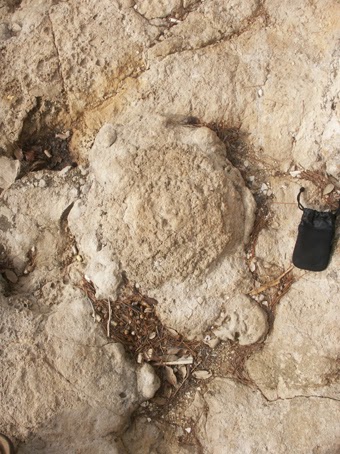When one stumbles upon dinosaurs in old comic books it's impossible not
to wonder how little did those authors know about the anatomy and life
styles of prehistoric animals. It is true, that in the 40's, until the 80's
little was known and published. However, still some excellent paleo
artists were around, like Zdenek Burian and Charles Knight, to name just the most prominent two.
A classic comic book theme: Time travelling to go to hunt dinosaurs and other prehistoric animals
Here is how Burne Hogarth depicts Tyrannosaurus (I presume that is what this is supposed to be).
Burne Hogarth (December 25, 1911 – January 28, 1996) was an American cartoonist, illustrator, educator, author and theoretician... (Wiki)
The anatomy is all wrong: the neck too long; the head a tad too small; the arms too long; one finger too many on each arm; looks bloated; legs weak and plantigrade (should be digtigrade like in birds); tail too short, too thin and too flexible...
...on the other hand his elephant is not exactly correct either...
... when I look at it better, even the lion has some strange features...
Don't get me wrong. I loved his final product: Tarzan comics.
Even in some more recent comics (from 90's) the dinosaurs are outdated. Pteranodon is not quite correct either.
Ankylosaur in the right lower corner is borrowed from Burian's Gorgosaurus vs. Scolosaurus painting. Pteranodon from another Burian's painting was also used as a reference. However, it is a pity, that these restorations were already outdated.





















































